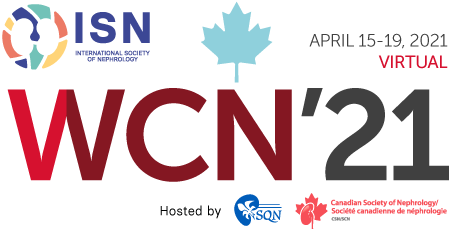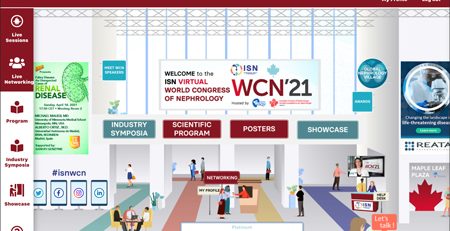Meeting the need for kidney donors around the world
 According to the Global Observatory on Donation and Transplantation (GODT), more than 146,000 solid organ transplants are carried out in the world each year, including 95,479 kidney transplants.
According to the Global Observatory on Donation and Transplantation (GODT), more than 146,000 solid organ transplants are carried out in the world each year, including 95,479 kidney transplants.
“Although this is an impressive figure, the World Health Organization estimates that it barely covers 10% of the transplantation needs of patients. And the need for kidney transplants is expected to increase in all WHO regions in the years ahead,” says Dr. Beatriz Domínguez-Gil, Director General of Spain’s Organización Nacional de Trasplantes.
The GODT, which is managed by the Organización Nacional de Trasplantes (ONT) as a WHO collaborating center, has also gathered evidence showing that 36% of kidney transplants performed worldwide derive from live organ donors.
Dr. Domínguez-Gil continues: “There are notable variations in the rates of kidney transplants between countries and WHO regions. The African, Eastern Mediterranean, and South East Asia regions all present low kidney transplant rates, and they are heavily reliant on kidney transplants from live organ donors.
“The limited access to transplantation is also the root cause of unethical practices such as organ trafficking and transplant tourism.”
The WHO has called on individual countries to aim towards self-sufficiency in transplantation. This includes developing strategies to decrease the burden of diseases that can result in the need for transplantation, for example, diabetes and high blood pressure. It also means increasing the availability of organs, maximizing donations from deceased donors, and ensuring the protection of live organ donors.
“While this is an objective for all countries throughout the world, progress towards self-sufficiency is particularly challenging in low- and middle-income countries,” says Dr. Domínguez-Gil.
She will discuss these challenges in her talk at WCN’21 and highlight strategies that could help low- and middle-income countries improve transplantation rates from deceased organ donors.
“A key challenge is the insufficiency of intensive care resources that are needed for patients with devastating brain injury. These are patients who may eventually develop brain death or die following the decision to withdraw life-sustaining therapies. These circumstances of death are consistent with posthumous donation, assuming it is in accordance with the patient´s wishes and values.
“Opportunities for donation after the circulatory determination of death, known as DCDD, should also be explored in these countries. Kidney transplants from these donors can also result in good outcomes without the need for sophisticated preservation strategies.”
Dr. Domínguez-Gil concludes: “Here in Spain, we have reached extraordinarily high levels of deceased donation and kidney transplantation. Our model, with all or some of its elements, has been successfully transposed to other countries, including low- and middle-income countries, in a manner adapted to their local reality. As a WHO Collaborating Center, ONT continues to promote transparency of practices in the field and to help other countries to develop deceased donation systems that facilitate patient access to the transplant they need.”
Dr. Beatriz Domínguez-Gil “Promoting equitable deceased donor transplantation in developing countries,” in the theme symposium: Quality improvement in LMIC: Right tools, right place, right cost. Joint session, in partnership with the Indian Society of Nephrology.
Friday 16 April, 09:30-10:30 hrs Montréal (Canada) time:
https://cm.theisn.org/cmPortal/searchable/WCN2021/config/normal#!sessiondetails/0000013670_0









